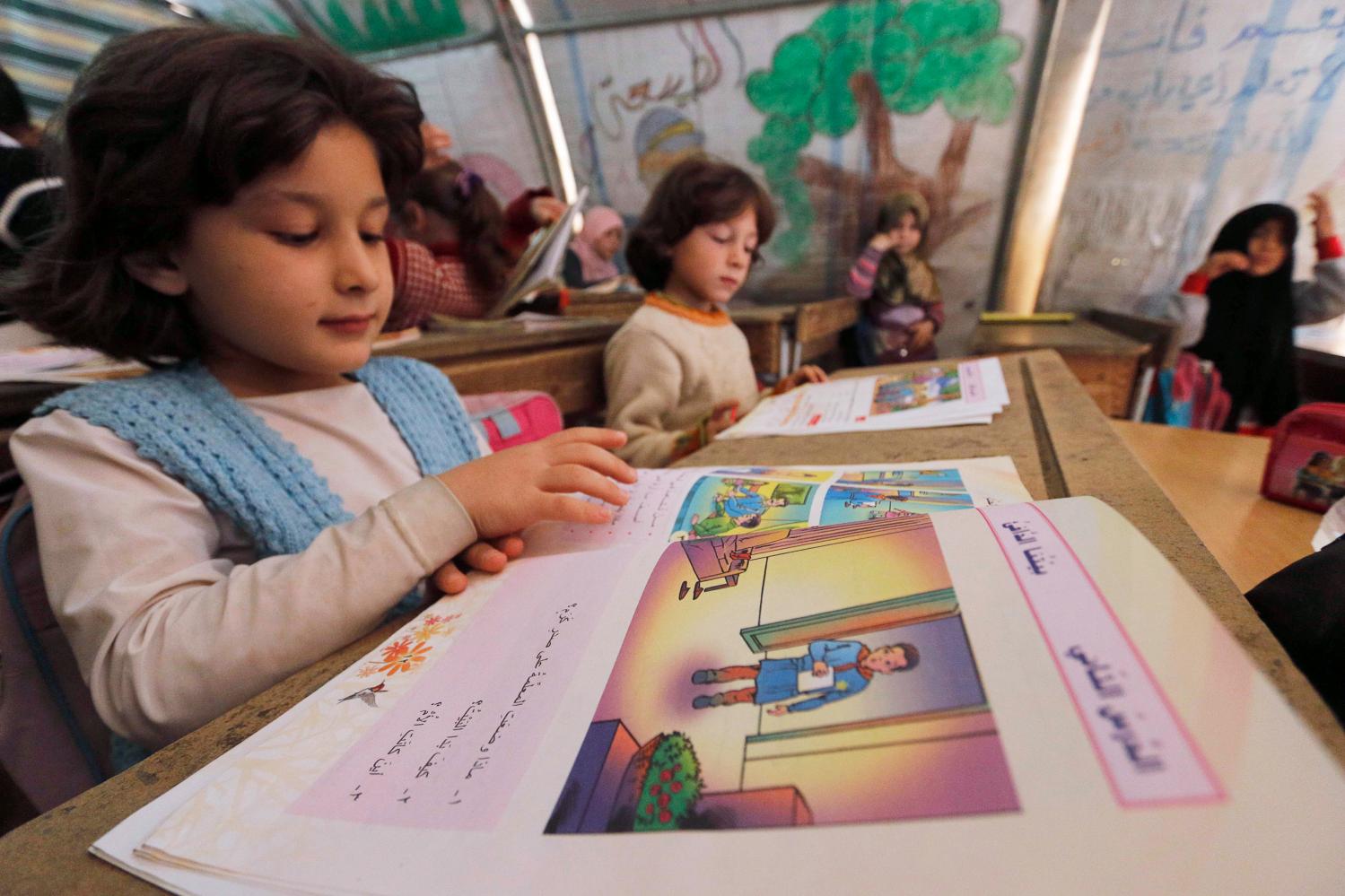In the developing world, more than 200 million children under the age of five years are at risk of not reaching their full human potential because they suffer from the negative consequences of poverty, nutritional deficiencies and inadequate learning opportunities. Given these risks, there is a strong case for early childhood development (ECD) interventions in nutrition, health, education and social protection, which can produce long-lasting benefits throughout the life cycle. The results from the 2012 round of the Program for International Student Assessment (PISA)—an international, large-scale assessment that measures 15-year-olds’ performance in mathematics, reading and science literacy—demonstrate the benefits of ECD: Students in the countries that belong to the Organization for Economic Cooperation and Development (OECD) who had the benefit of being enrolled for more than one year in preprimary school scored 53 points higher in mathematics (the equivalent of more than one year of schooling), compared with students who had not attended preprimary school. Although there is much evidence that ECD programs have a great impact and are less costly than educational interventions later in life, very few ECD initiatives are being scaled up in developing countries.
For example, in 2010, only 15 percent of children in low-income countries—compared with 48 percent worldwide—were enrolled in preprimary education programs. Furthermore, even though the literature points to larger beneficial effects of ECD for poorer children, within developing countries, disadvantaged families are even less likely to be among those enrolled in ECD programs. For instance, in Ghana, children from wealthy families are four times more likely than children from poor households to be enrolled in preschool programs.
One of the major barriers to scaling up ECD interventions is financing. In order to address financing issues, both policymakers and practitioners need a better understanding of what is currently being spent on ECD interventions, what high-quality interventions cost, and what outcomes these interventions can produce. If stakeholder groups are made more aware of the costs of ECD interventions, they may be able to support decisionmaking on investments in ECD, to better estimate gaps in financing, and to work toward securing stable funding for scaling up service provision and for quality enhancement. One of the weakest areas of ECD policy planning is in the realm of financial planning.6 Good data are scarce on ECD spending and the costs of ECD interventions that are useful for program budgeting and planning; but these data are valuable for a number of reasons, including the fact that they support analyses of what different inputs cost and thus can facilitate considering various alternative modalities for service delivery. In this paper, we focus on what data are available to gain a clearer picture of what is being spent on ECD and what it costs to deliver basic ECD interventions in developing countries.
ECD interventions come in many varieties, and therefore we first define the package of ECD interventions that have been deemed essential. Then we outline a framework for better understanding ECD financing, which combines a top-down approach analyzing expenditures and a bottom-up approach analyzing the costs of delivering individual interventions. We comment on the general methodological issues stemming from these approaches and the limitations of the data that have been produced. Next, we delve into the available data and discuss the different funding sources and financing mechanisms that countries utilize to deliver ECD services and what patterns exist in spending. We provide a brief overview of how many public and private resources in both developed and developing countries are invested in young children, and in which specific subsectors. Although these data on spending illustrate the flows and help us understand how much is being allocated and by whom, the data are limited, and this top-down approach still leaves us with many unanswered questions. Therefore, we turn our attention to the actual costs of individual ECD interventions, which help us further understand what ECD spending can “buy” in different countries. We identify some trends in the actual costs of delivering these services, although there are a number of methodological issues vis-à-vis costing and the services delivered, which lead to wide variations between and within countries and make it difficult to compare programs over time.
Finally, we look at a number of initiatives that are currently under way to collect better data on ECD costs and expenditures, which will be useful for countries in planning programs and identifying funding sources. These initiatives are sponsored by organizations such as UNICEF, Save the Children, the World Bank and the Inter-American Development Bank. Given the gaps in the available data that we identify and the interventions currently under way, we conclude with recommendations for increasing the knowledge base in this area for use in policymaking and planning.





